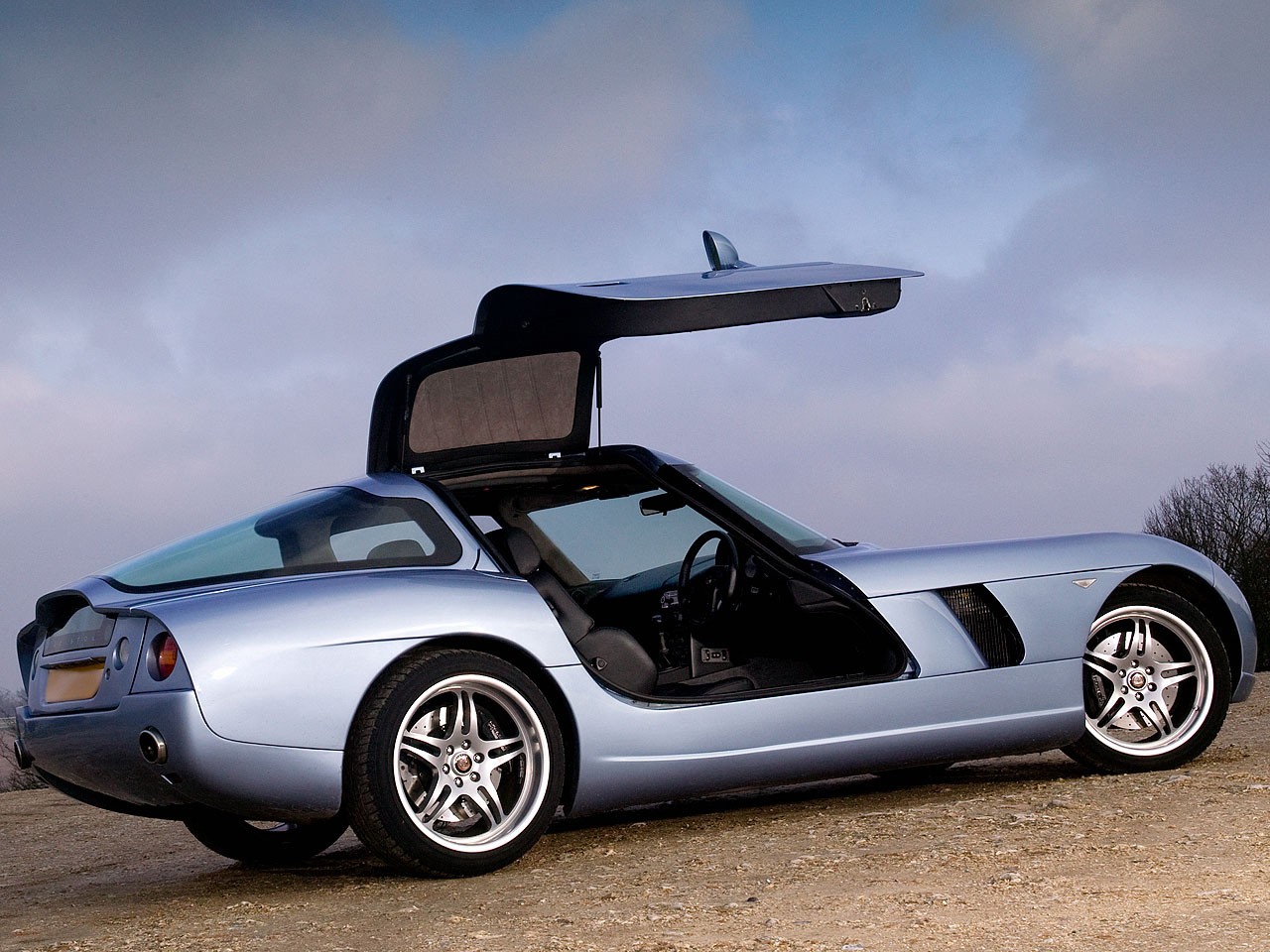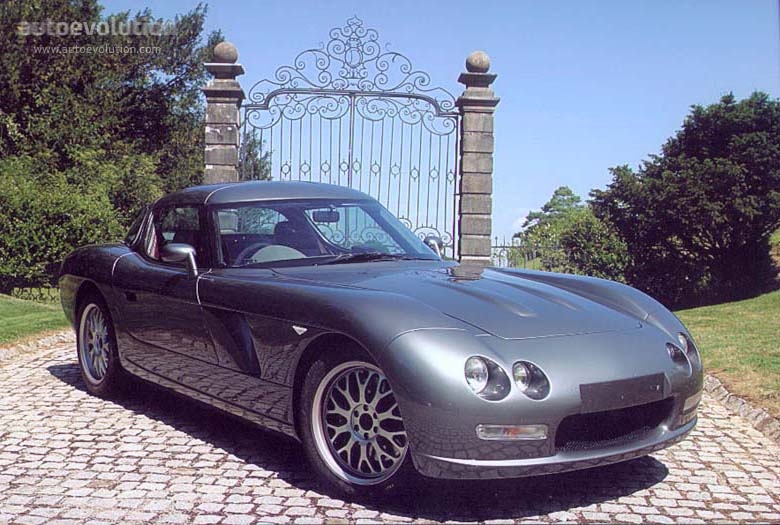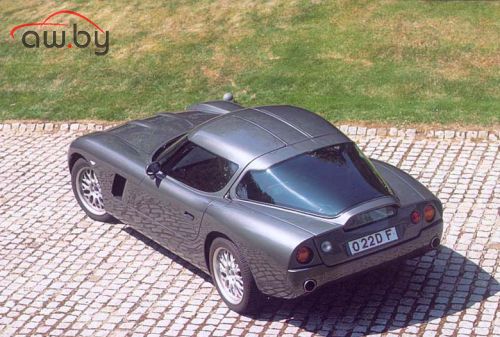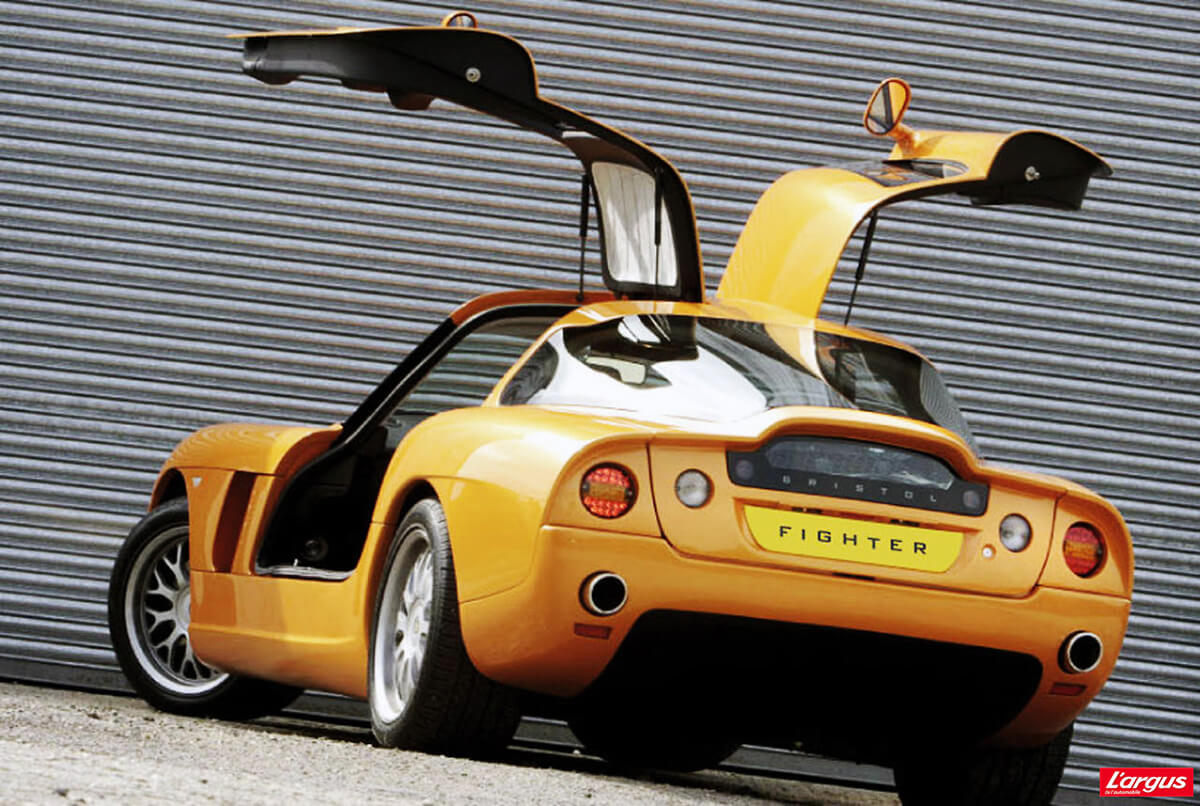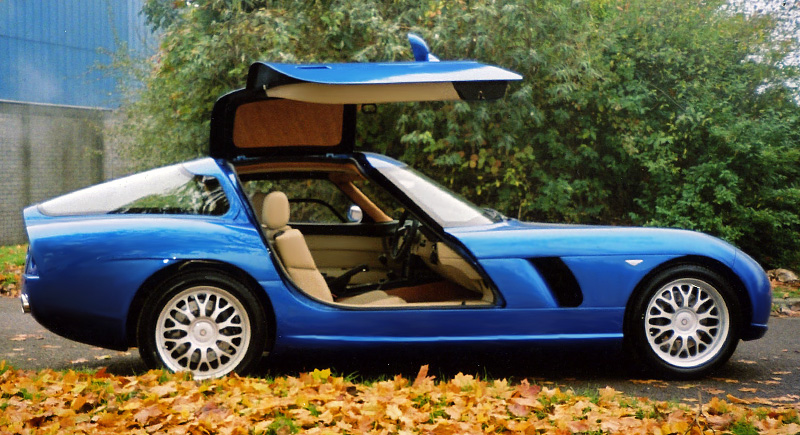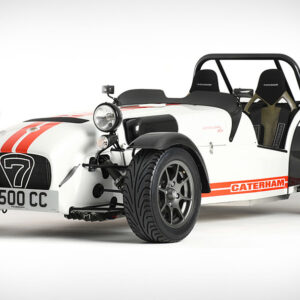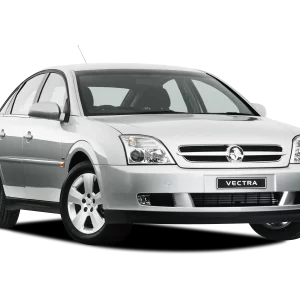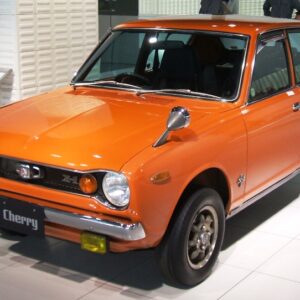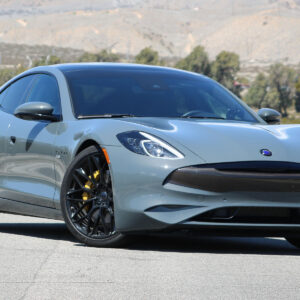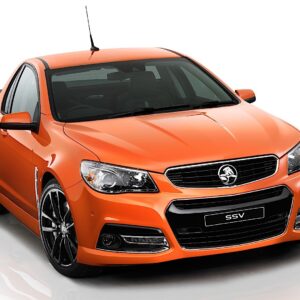Bristol Fighter (2002 – 2011) Overview
The Bristol Fighter is a testament to the unique blend of British craftsmanship, luxury, and high performance. Produced from 2002 until 2011 by Bristol Cars, a company known for its bespoke and meticulously crafted vehicles, the Fighter was a departure from Bristol’s more traditionally styled models. This grand tourer combined the exclusivity of hand-built British cars with the raw power and performance of a modern supercar.
Design and Engineering
The Fighter’s design was both distinctive and aerodynamically efficient, featuring a long bonnet, gullwing doors, and a sleek, low-profile body that drew inspiration from Bristol’s rich aviation heritage. Its chassis and bodywork utilized advanced materials to keep weight to a minimum while ensuring structural rigidity and safety. The interior of the Fighter maintained Bristol’s tradition of luxury, with bespoke options for leather, wood, and other high-quality materials, allowing for extensive customization to meet the discerning tastes of its clientele.
Performance and Powertrain
At the heart of the Bristol Fighter was an 8.0-liter V10 engine, sourced from Dodge (the same used in the Dodge Viper), which Bristol engineers significantly refined and tuned. In its standard form, the engine produced 525 horsepower, allowing the Fighter to achieve 0-60 mph in approximately 4 seconds, with a top speed of over 200 mph, making it one of the fastest cars of its time. Bristol also offered upgraded versions, including the Fighter S and the Fighter T, with power outputs increased to around 628 horsepower and up to 1,012 horsepower, respectively, for the turbocharged variant.
Handling and Dynamics
Despite its powerful engine and high-speed capabilities, the Fighter was designed to be a more accessible and usable supercar. It featured rear-wheel drive and came equipped with a six-speed manual transmission, providing a purist driving experience. The suspension was engineered to offer a balance between high-speed stability and comfort, making the Fighter suitable for long-distance touring as well as spirited driving.
Production and Legacy
The Bristol Fighter was produced in very limited numbers, adding to its exclusivity and appeal among collectors and enthusiasts. Bristol Cars’ bespoke manufacturing process allowed each Fighter to be tailored to the specific requirements of its buyer, making every example unique.
The Fighter stands as a bold statement in Bristol Cars’ history, showcasing the company’s ability to evolve and adapt to the changing landscape of the automotive industry while remaining true to its core values of craftsmanship, luxury, and exclusivity. It remains a highly sought-after model for collectors, celebrated for its unique design, impressive performance, and the cachet of the Bristol brand.

